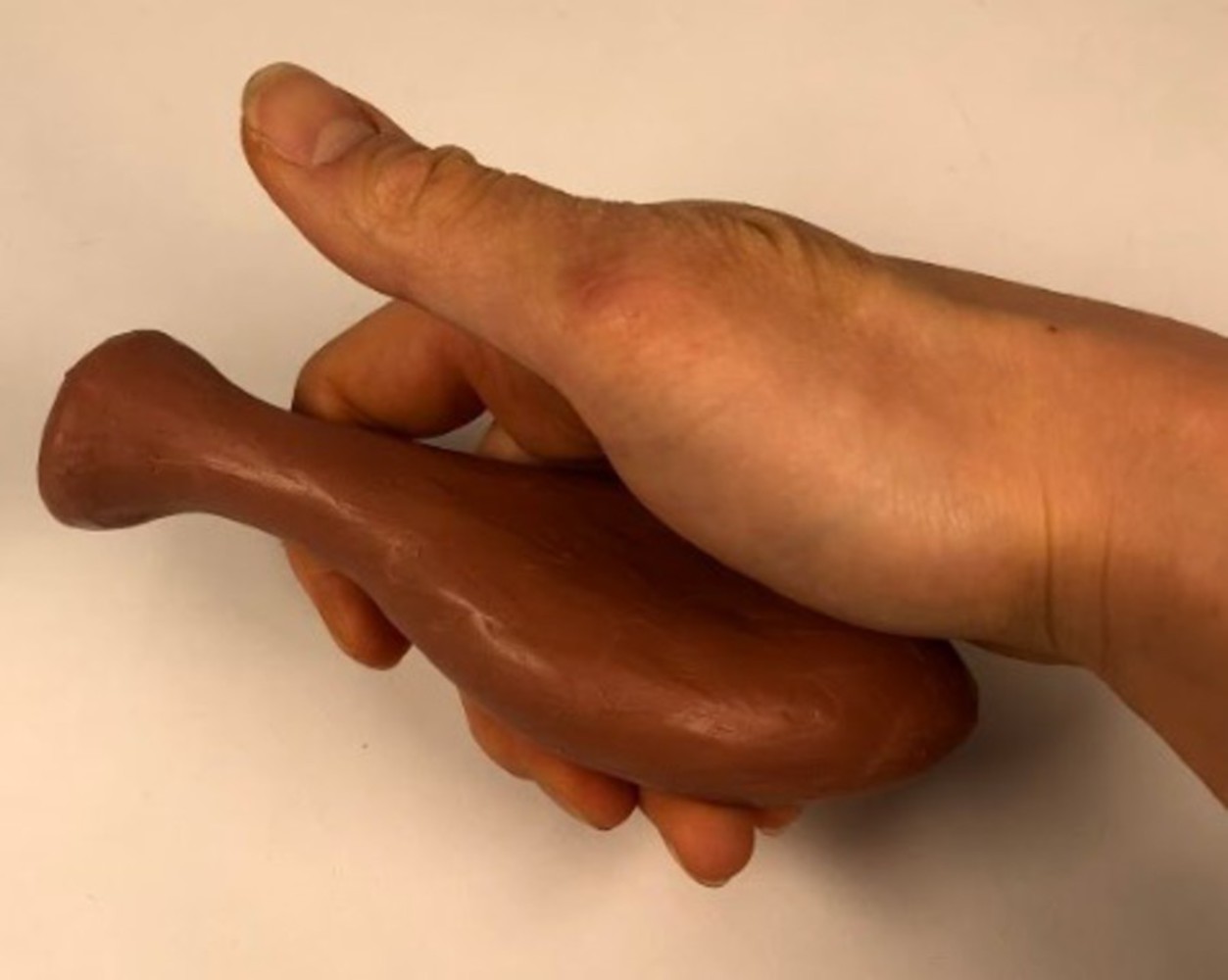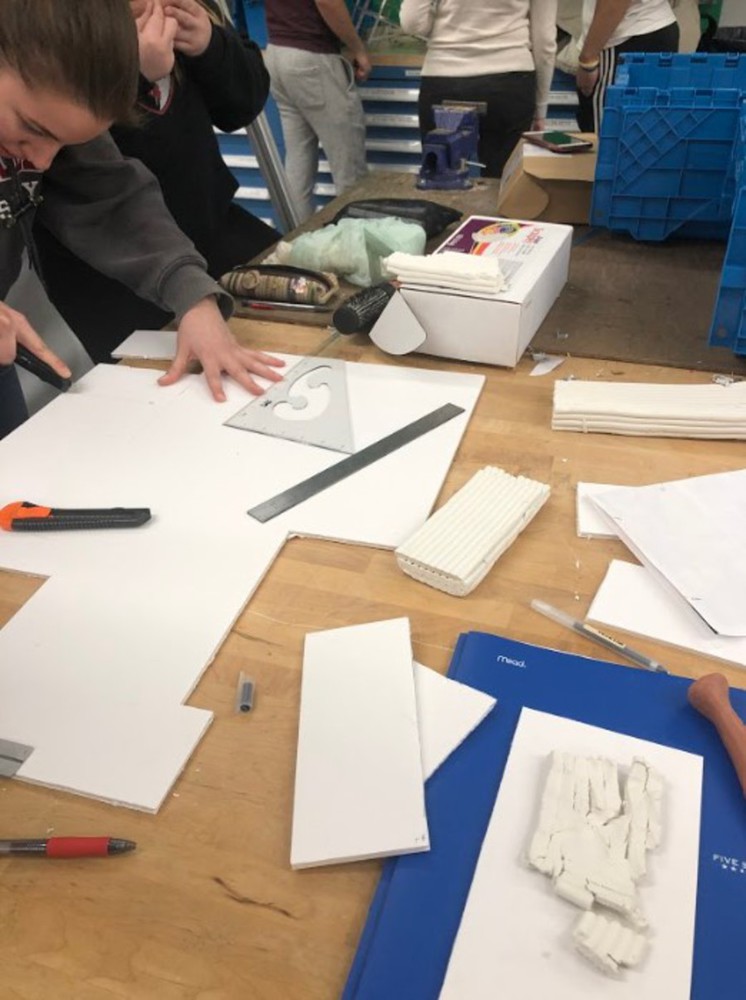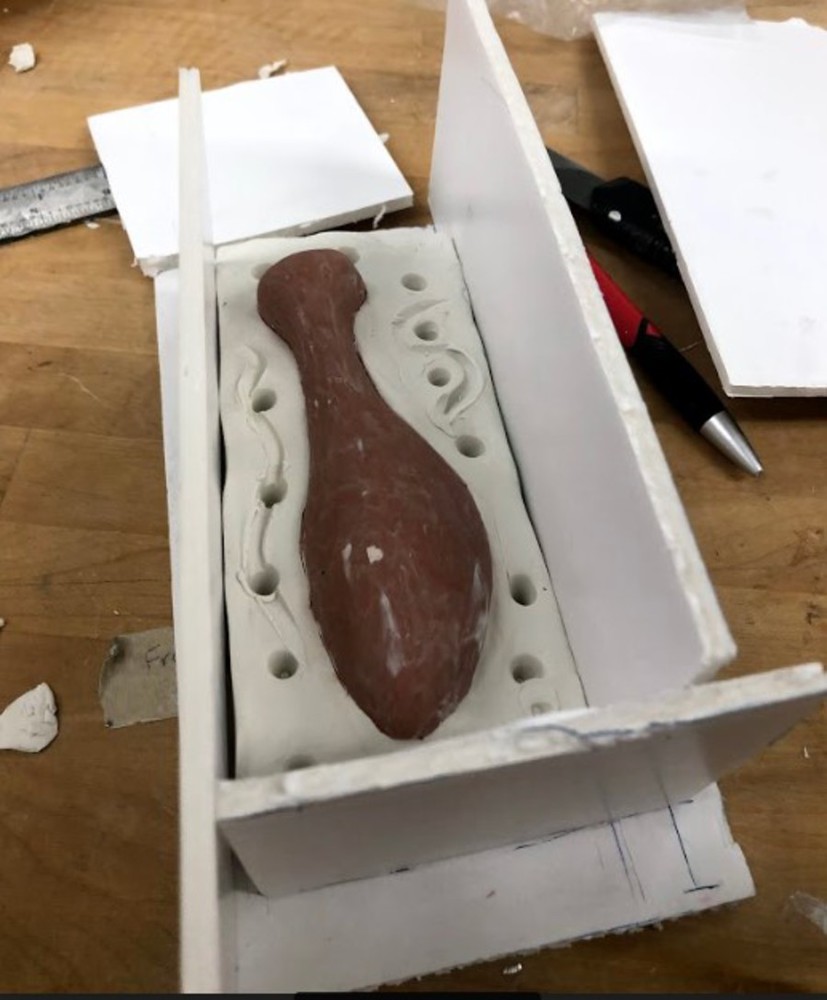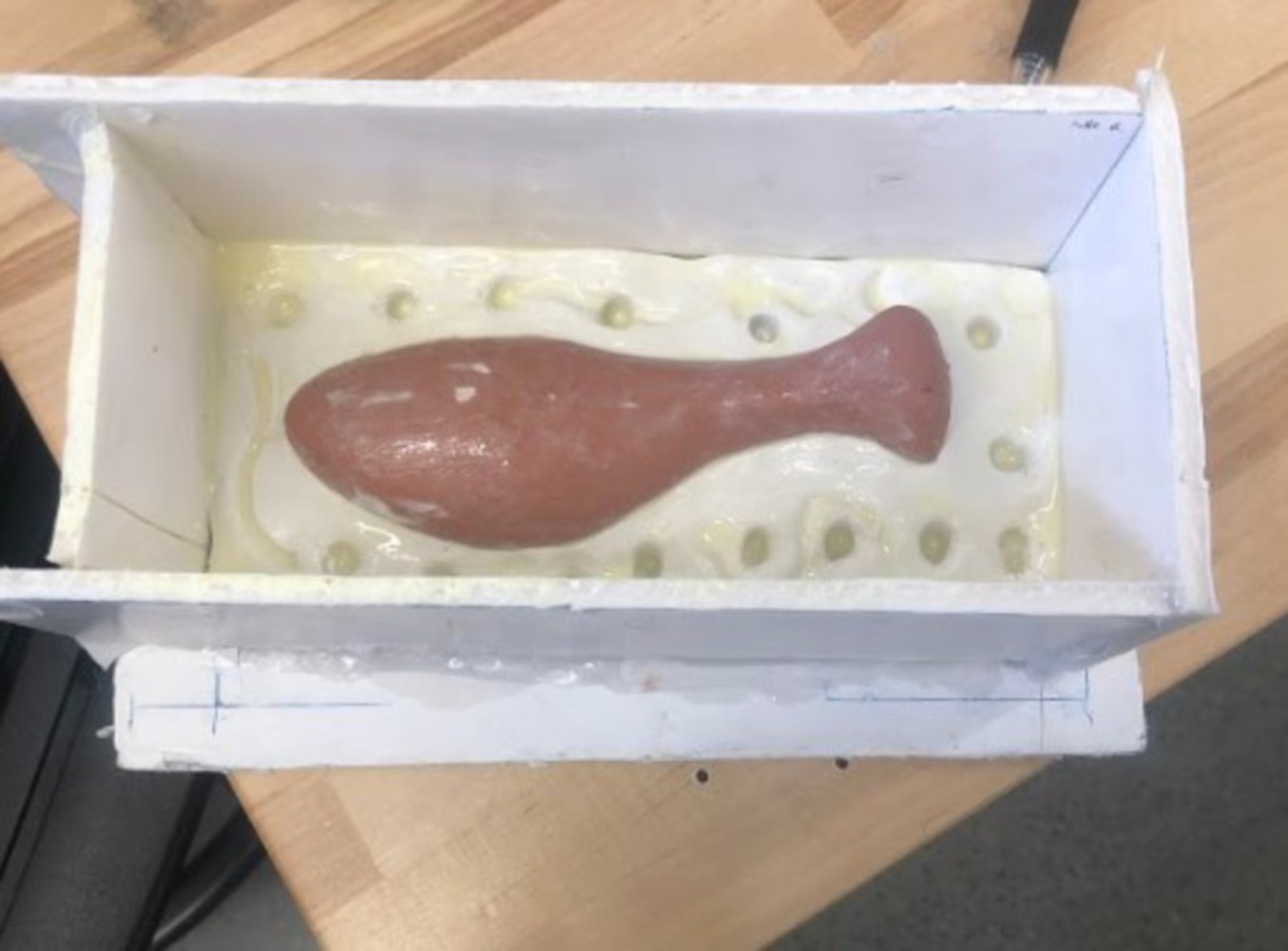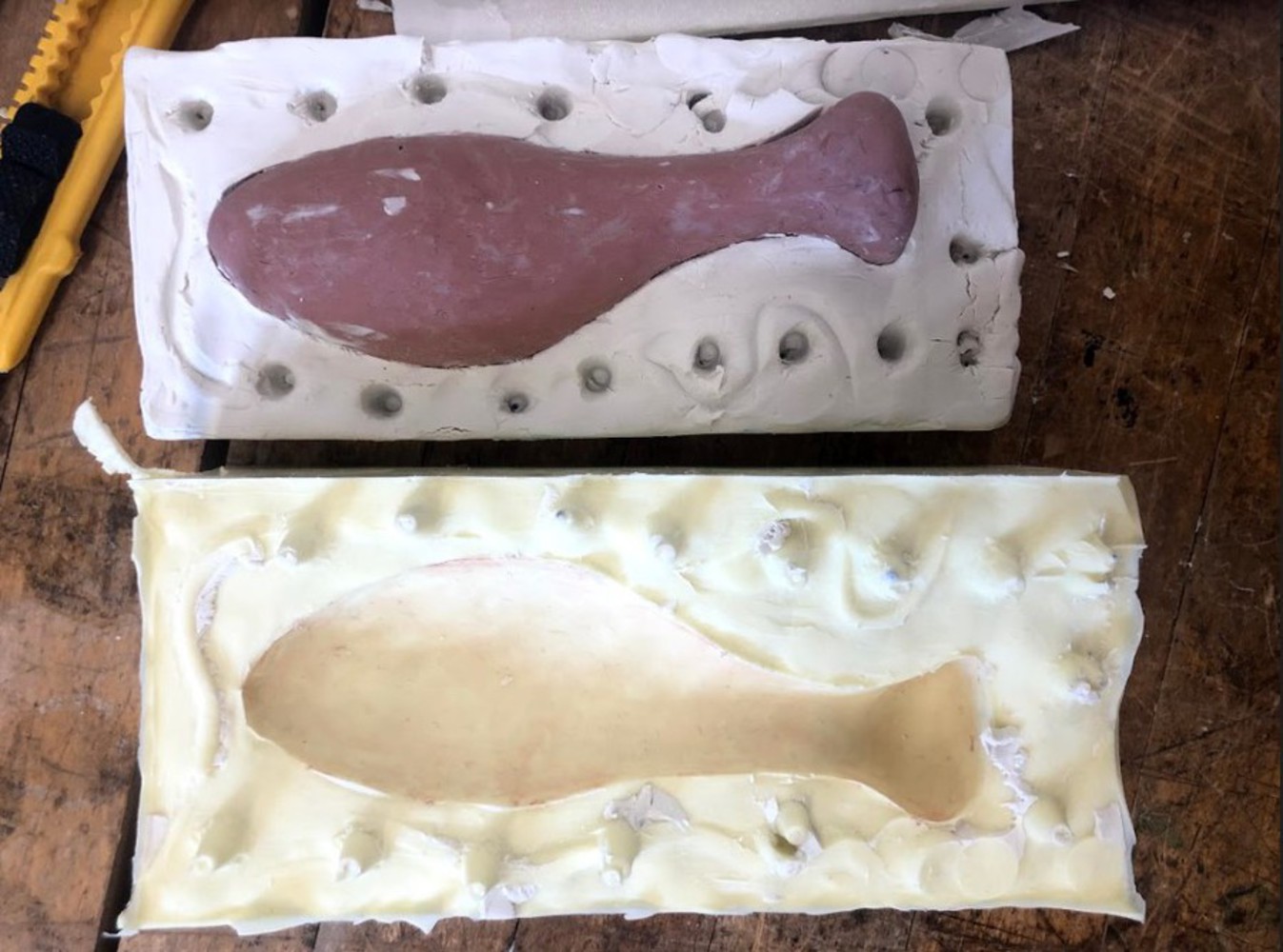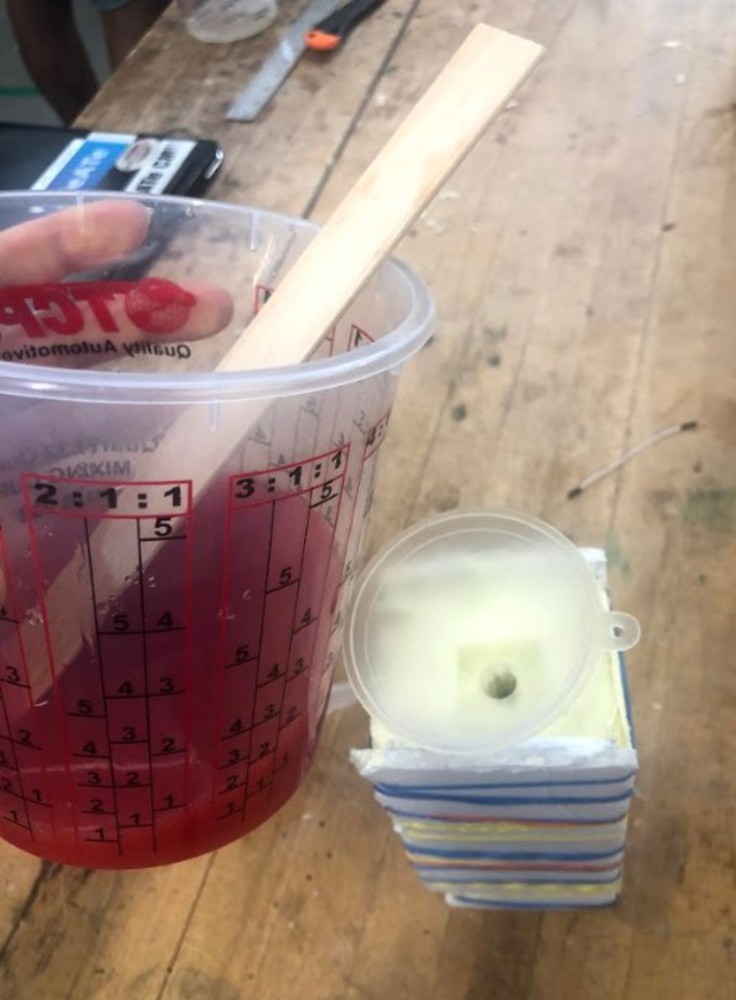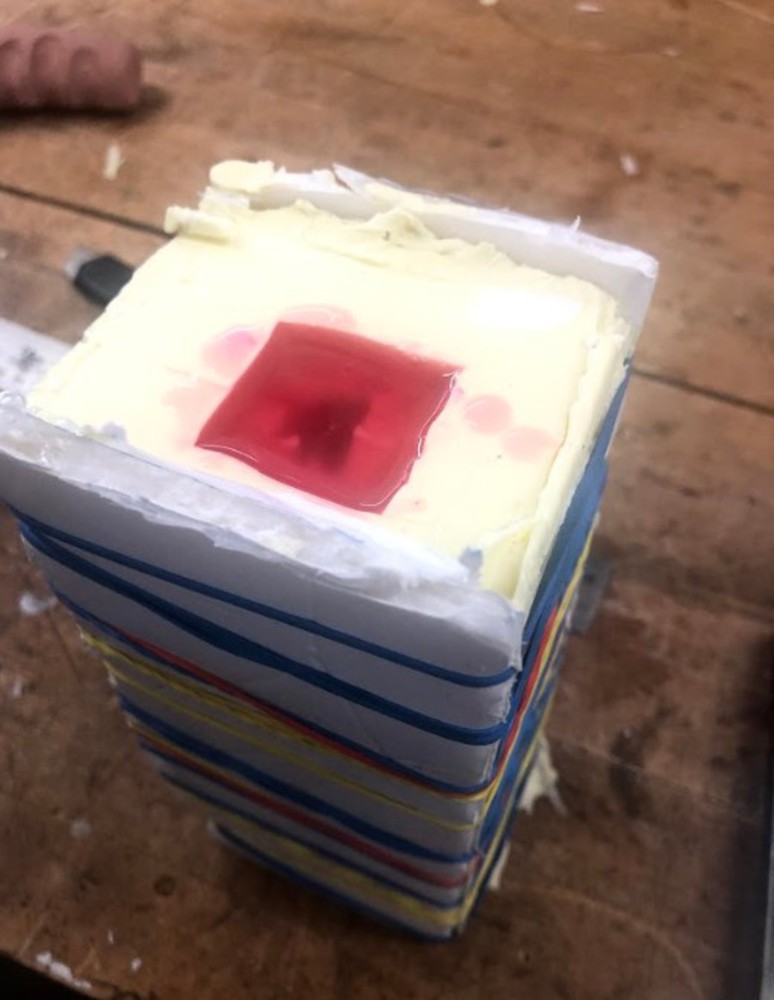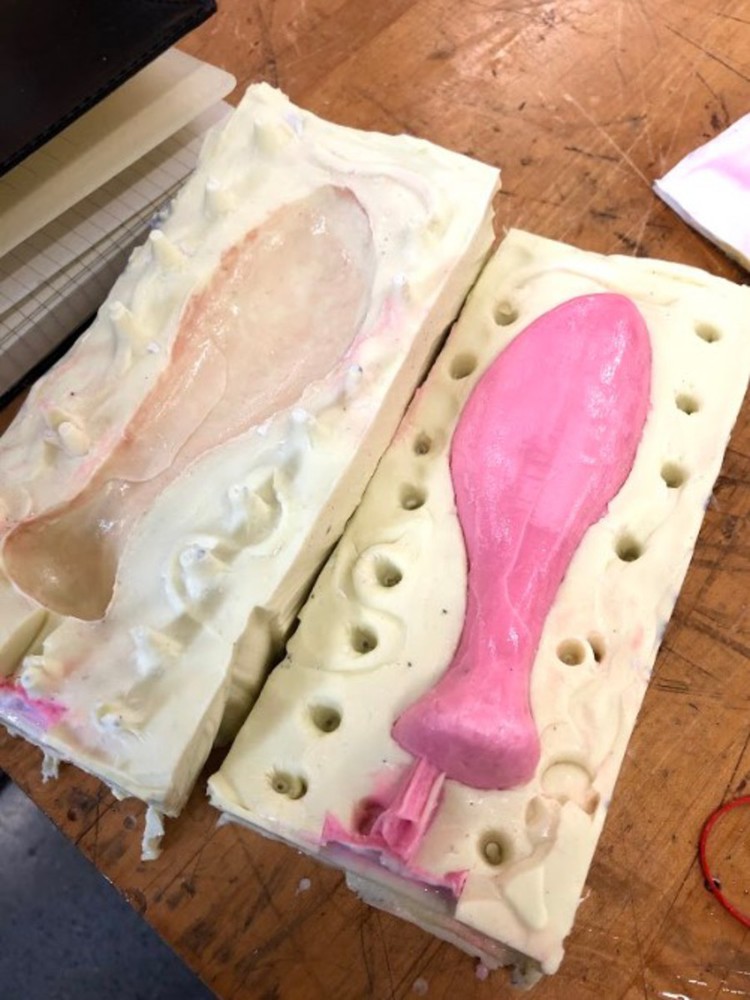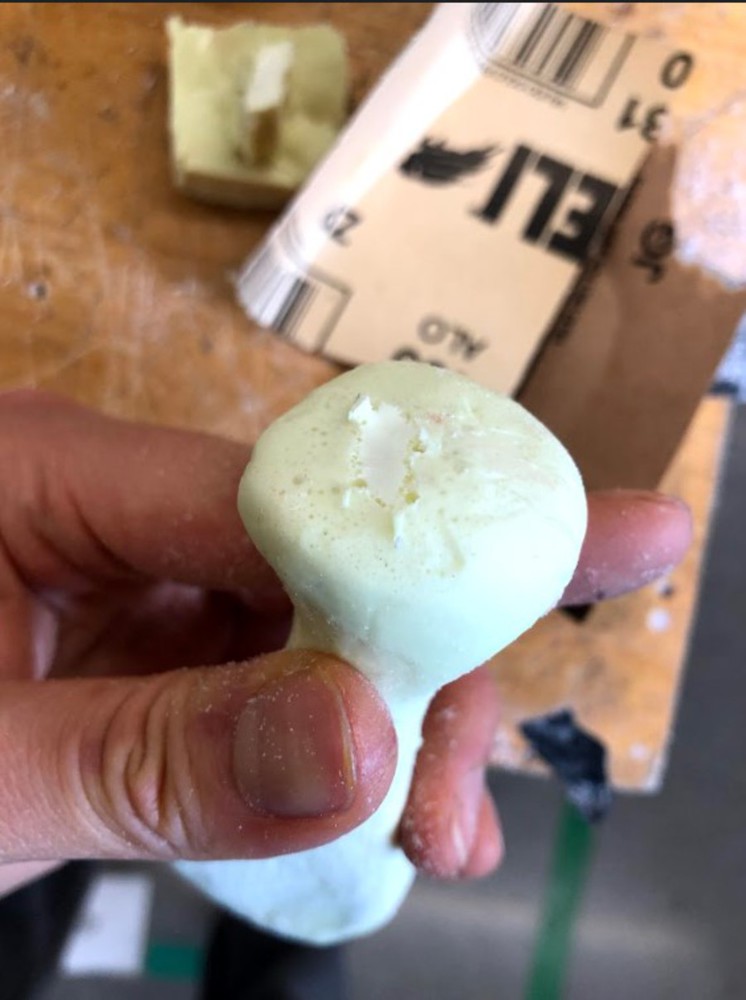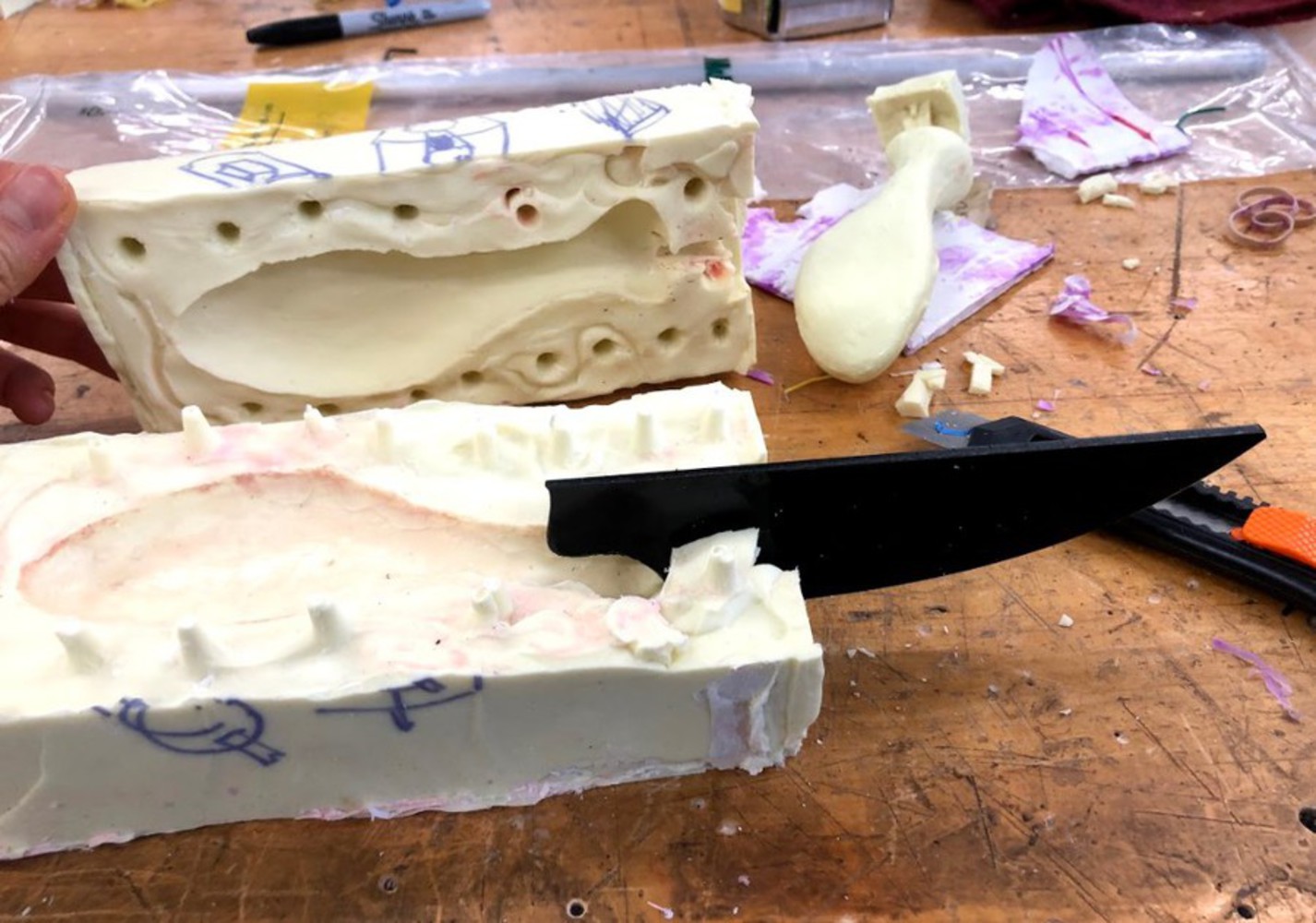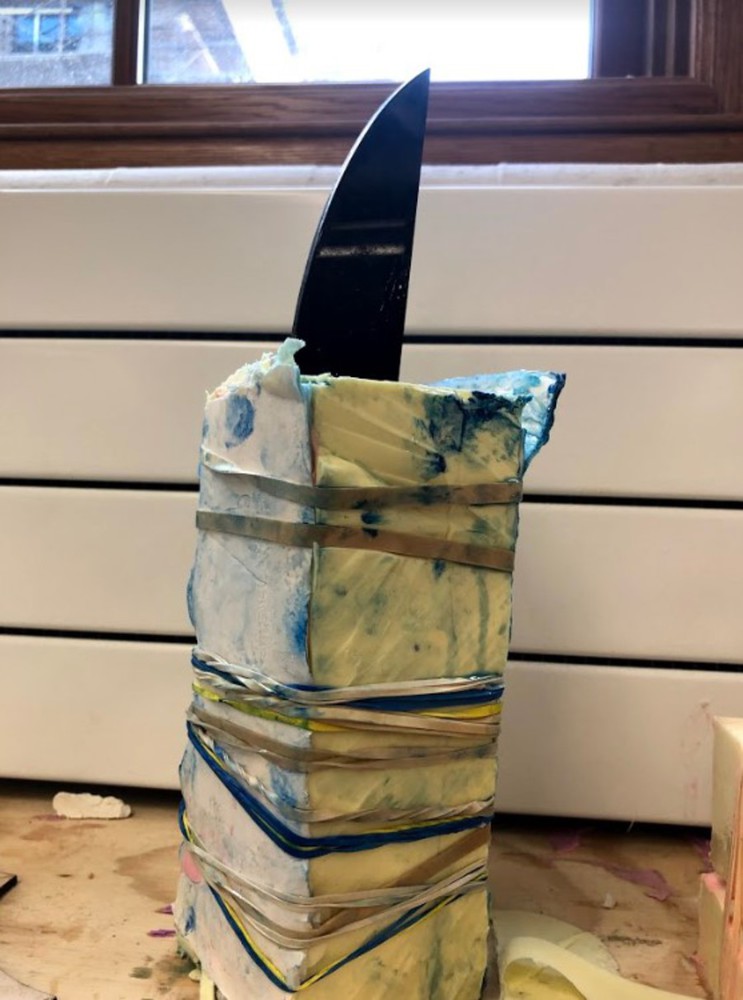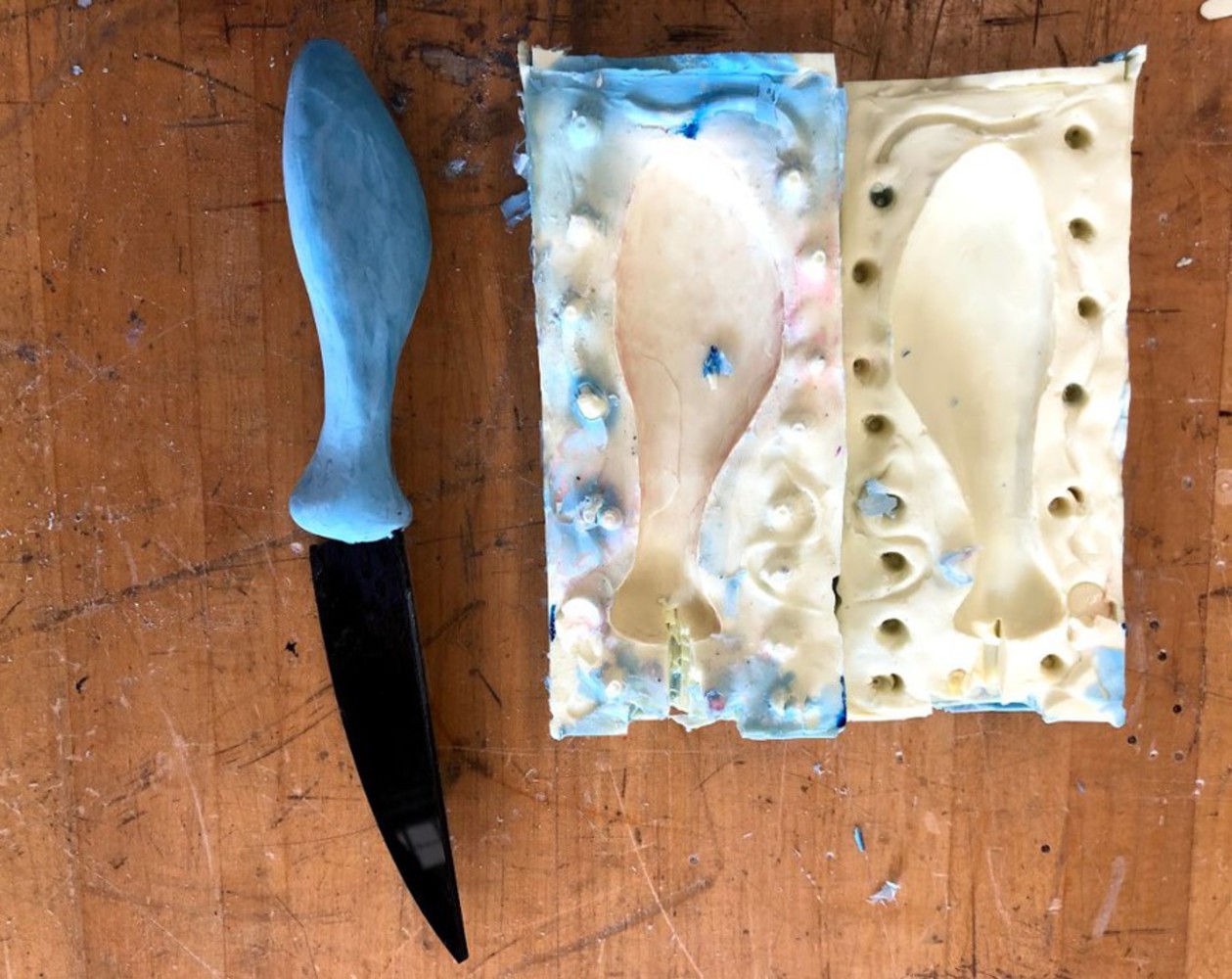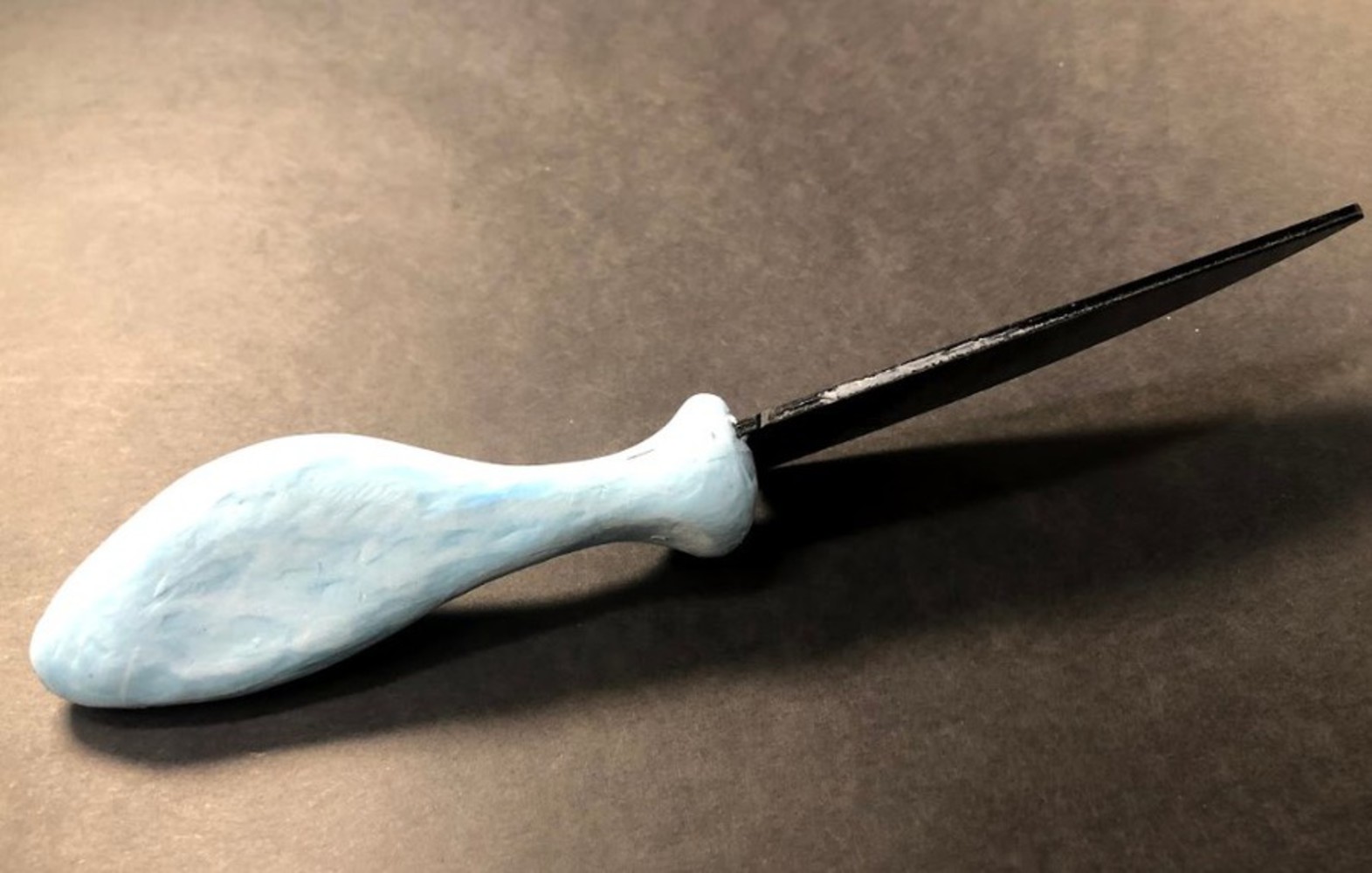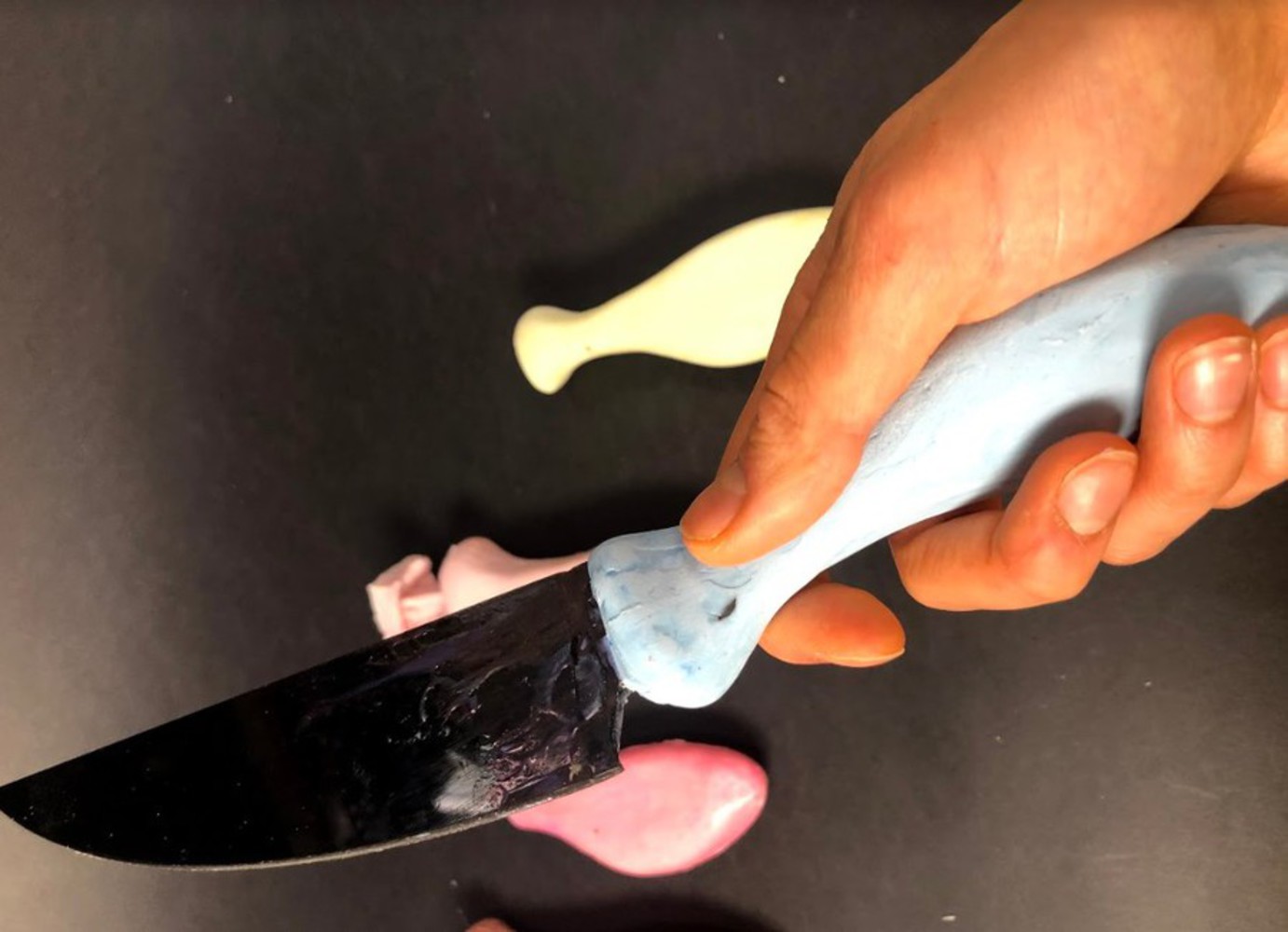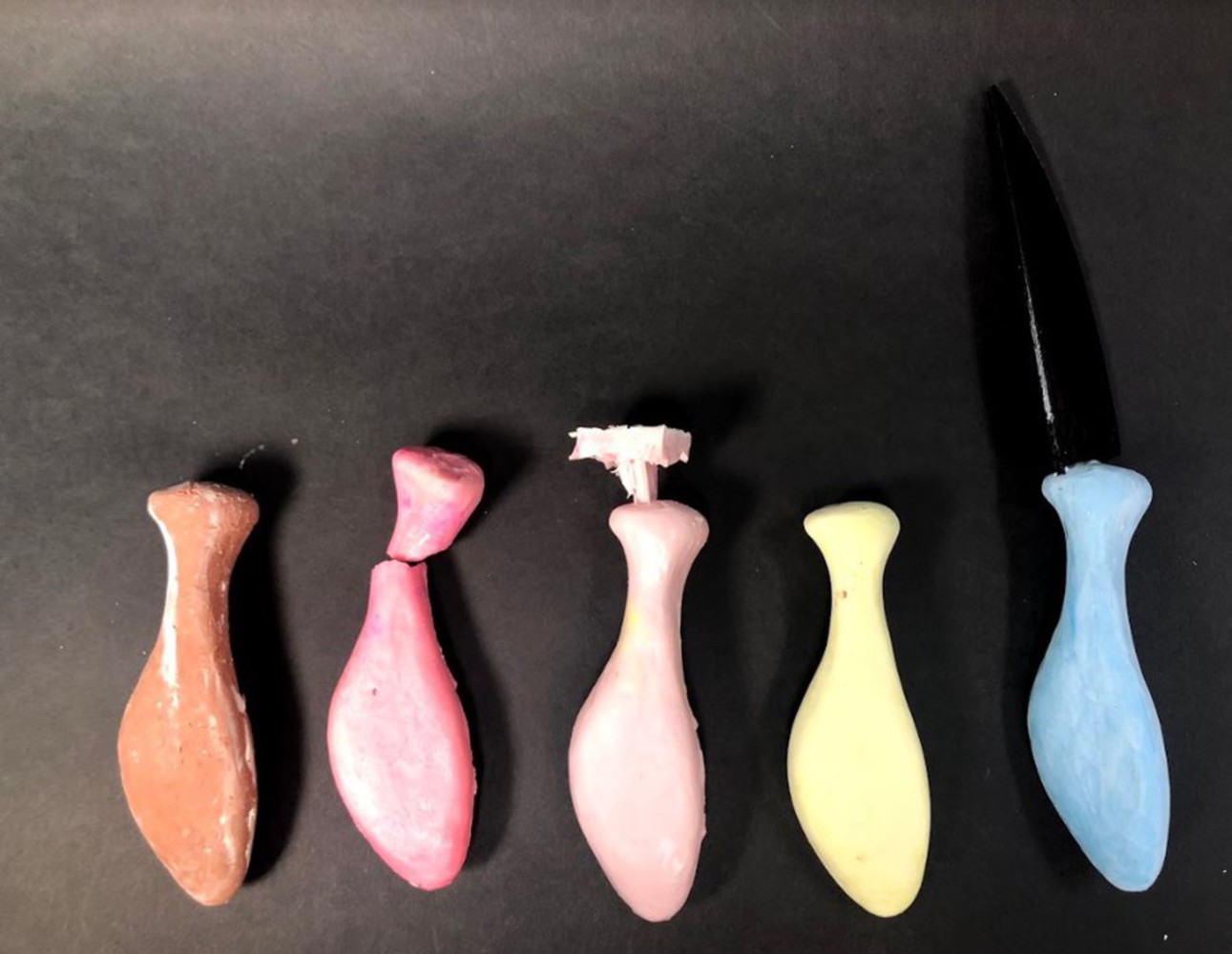Big Picture Learning Objective
The goal of project 4- Molding and Casting- is to take the finalized design of our handle from the exploration stages using clay and wood to the mass production stage. When we design things, we have to think about how we can scale up production of our physical product. In many cases, this can include methods such as injection molding, casting and extrusions.
The other reason we are exploring resin casting is because many handles have organic shapes that are not easily replicable with geometrically contrained production methods. Making designs out of very malleable mediums like clay, and then casting them out of harder, more durable materials like resin, help us make consumer-ready products that still retain unique design features with high fidelity.
Recap of Design
I’m making a kitchen knife handle.
